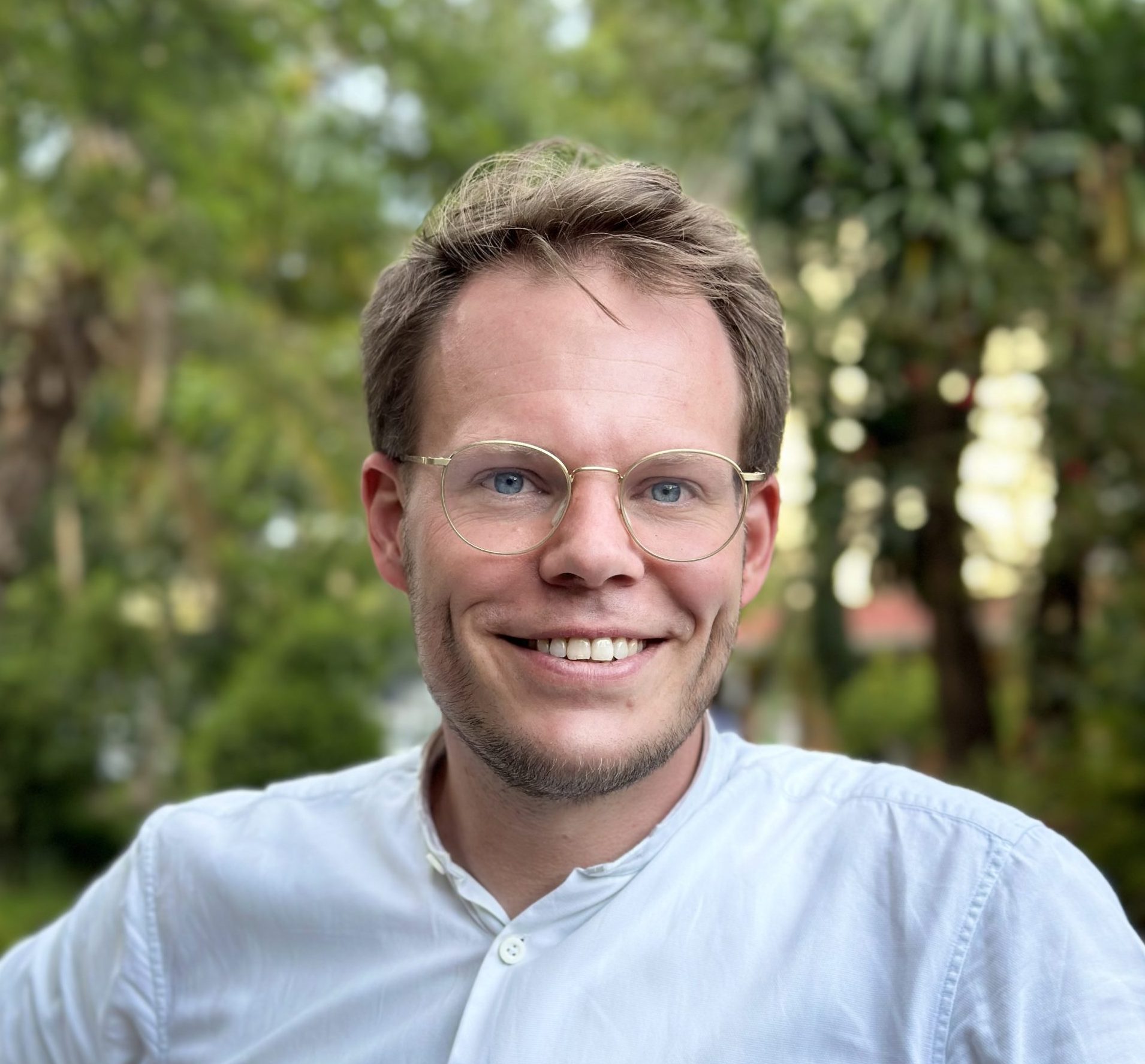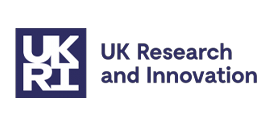
Vanessa Tullo’s study offers a thought-provoking window into the emotional world of young men in Northern Italy. Her focus on emotional education and the need to create safe, supportive environments for boys and men to explore their inner lives is both timely and compelling. I fully agree that a way forward must include fostering emotional awareness and literacy, but I also believe we should tread carefully when defining what this literacy looks like.
Too often, emotional competence is defined along lines historically coded as feminine – verbal expression, emotional openness, relational orientation. While these traits are valuable, we must ask whether it’s fair or productive to evaluate men against a standard that might itself be gendered. As scholars like Carol Gilligan have pointed out in the reverse context, women have long been measured against male-coded norms in leadership and rationality. We shouldn’t repeat this by now holding up the emotional habits of women as the ideal model for men. This aligns with research by scholars like R.W. Connell or Michael Messner, which highlights that there is no single “male emotional style.” Many forms of masculinity exist, some more emotionally attuned than others – often shaped by race, class, religion, or culture. Rural men, working-class men, Black or migrant men may all display emotional competence in ways not legible through a middle-class, often white, “therapeutic” lens.
Having said that, emotional competence, in one form or the other, is certainly essential. Men can express vulnerability, empathy, or pain in culturally specific, action-oriented, or even spiritual ways. This brings me to the role of religion in Vanessa’s research, which I found especially fascinating.
I have been grappling with these very questions of masculinity, emotion and faith since my own Master’s thesis, where I explored how Christian men in Zambia draw from religion to either reinforce or challenge hegemonic gender norms. I shared some reflections in a previously published blog essay.
In Vanessa’s study, the relationship between Catholic faith and masculinity appears nuanced. On a structural level, the Church appears mostly indifferent or even reinforcing traditional roles—men as decision-makers, women as caregivers—and is largely absent when it comes to creating space for emotional reflection or vulnerability. But on a personal level, individual religious experiences and teachings appear to resonate positively with many young men. I found this passage particularly telling:
“Participants shared examples of religious teachings and scriptures that had influenced their upbringing. Some specifically referred to St Paul’s Letter to the Ephesians, which states that men should be willing to give everything for the woman they love, even to the point of laying down their lives. The interviewed boys expressed admiration for this commitment to sacrifice and protection.”
This struck a chord with my own adolescent experience. This kind of heroism fascinated me to a degree that I myself wanted to be a priest for a long time. To me, the vow of celibacy felt like the last truly radical act in a permissive society that preaches tolerance but demands conformity, especially when it comes to sexuality. The priesthood, in its ideal form, represented a resistance to hegemonic masculinity and its emphasis on virility and sexual performance. It gave me a sense of ideological shield against a world whose expectations I could neither fulfill nor endorse.
Priests, at least the ones I knew, sought to be precisely the kind of figure Vanessa’s respondents longed for: someone who could offer a safe, non-judgmental space to speak about emotional discomfort. That this figure was perceived as largely absent despite the Catholic background of the study participants speaks volumes not only about the crisis of the Catholic Church in Europe, but also about a missed opportunity to offer alternative role models and emotional spaces for young men.
Overall, religion is deeply ambiguous. In the West, it has historically contributed to patriarchal structures, but it also gave rise to ideals of equality, care and self-sacrifice that challenge power-based notions of manhood. Vanessa’s study shows that young people today perceive this ambiguity. Religion and culture are often conflated, but they are not the same, and, in many cases, not even aligned. From Zambia to Ethiopia to Italy, I’ve seen how Christian teachings can clash with cultural models of masculinity and can sometimes offer liberating alternatives.
This is why I believe that there is enormous value in pursuing this line of inquiry further. It would be fascinating, for instance, to replicate Vanessa’s study with young migrant men in the same Italian setting, especially those from Muslim or Orthodox Christian backgrounds, where faith continues to shape male identity in complex and sometimes contradictory ways.
I’m truly glad to engage with studies such as Vanessa’s as part of the work we do at IDVRM, where we aim to explore these intersections between faith, gender and emotional life with curiosity and care.
About the Author

Benjamin Kalkum is researching religion and gender norms, particularly masculinity norms, in Sub-Saharan Africa. He has worked in Ghana, Zambia, and Ethiopia on topics such as HIV prevention, early pregnancy, and sexuality education, always with a focus on the intersection of gender and religion. For example, during his time in Zambia, he became curious about the teachings of local traditional marriage counsellors, and in Ethiopia, he investigated the potential of religion as a positive resource for SGBV survivors and the inclusion of religious actors in response programs. Benjamin has been a research associate to Project dldl/ድልድል since 2020 and has served as a Practice Expert at IDVRM since 2025. He can be reached at: bkalkum@gmail.com.
Disclaimer: IDVRM aims to serve as a platform that researchers internationally, especially in the non-western world, can use to disseminate their research. We do our best to ensure that authors who publish with us have conducted their research following the highest ethical standards, with decolonial reflexivity and principles of least harm to participants in mind. We do not require authors to submit ethical documentation, but we ask our authors to provide sufficient information about ethical procedures in their submissions. It is beyond the capacity of IDVRM to verify this information. Authors should be reached directly to respond to questions regarding their research.
Opinions expressed by authors contributing to our blog are those solely of the authors and do not necessarily represent the position of IDVRM, its Director or other team members. IDVRM is comprised of diverse individuals who are encouraged to share their experiences and opinions openly with recognition that other team members may have different experiences and positions. IDVRM does not claim to represent any one community and we understand that belonging to a specific group does not entitle any one of us to speak for all.
AI Use: IDVRM may use AI tools for editing and proofreading purposes to improve language, syntax and grammar. The essay is the original work of the author.
